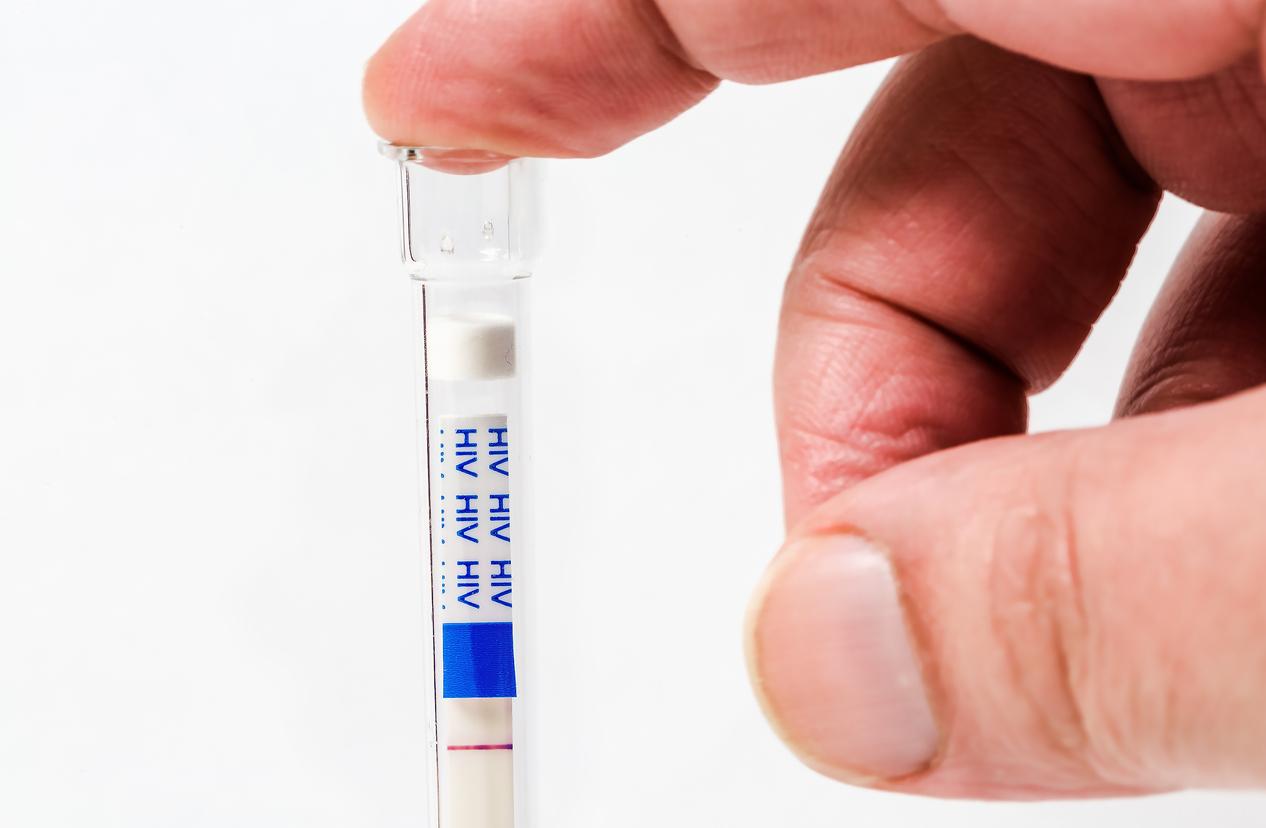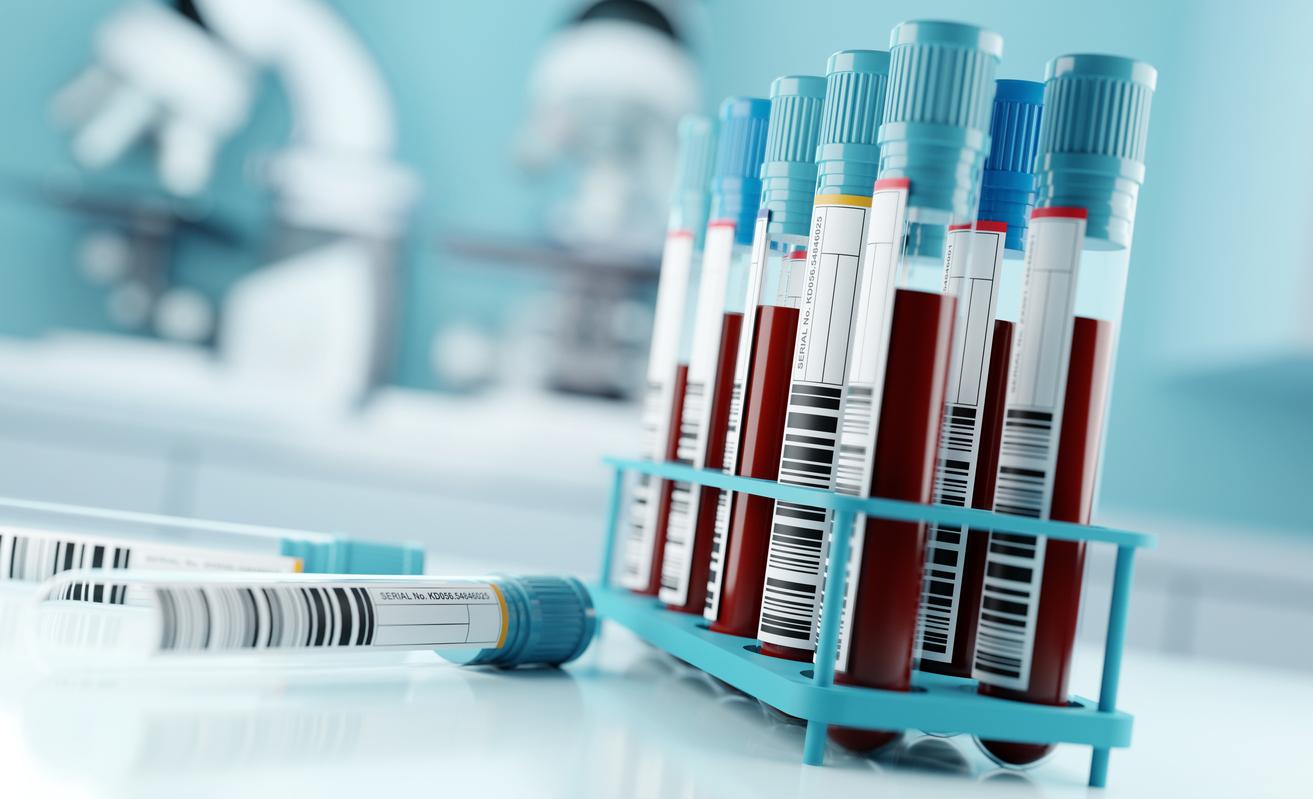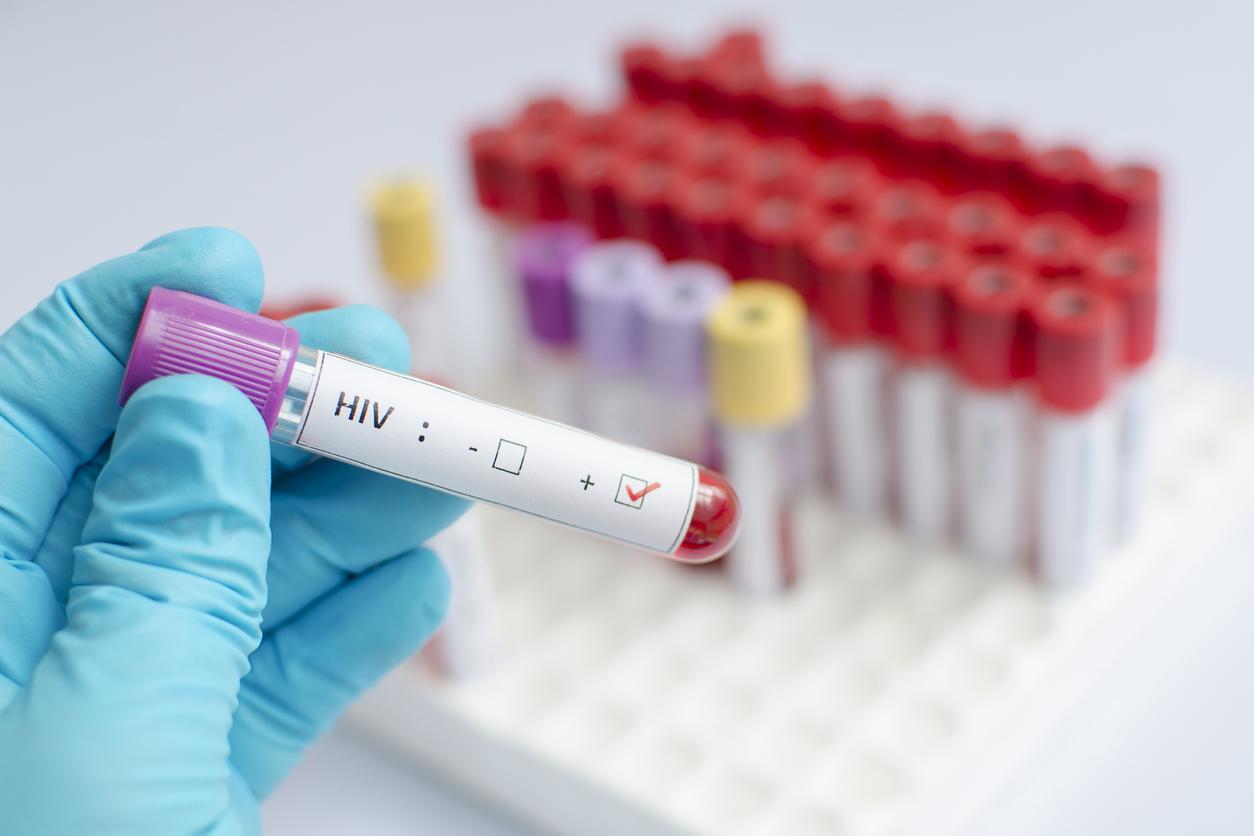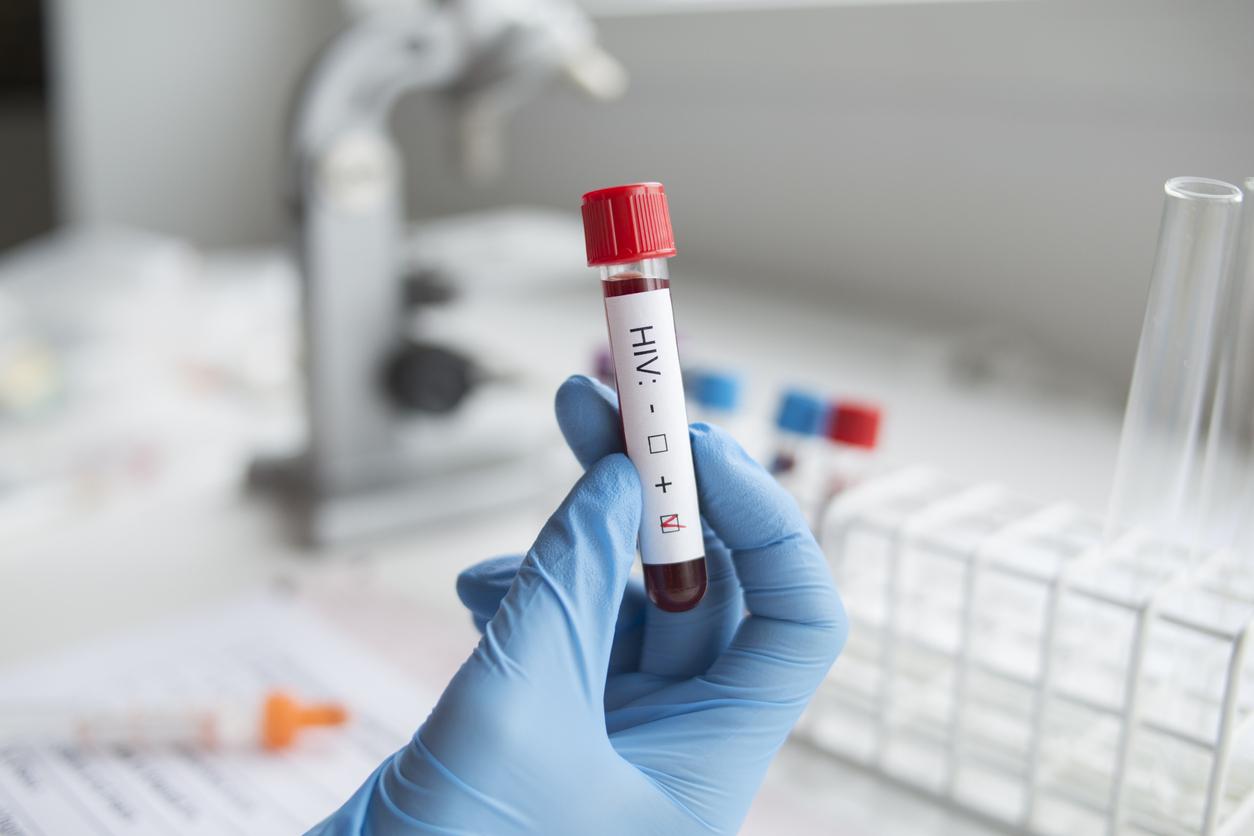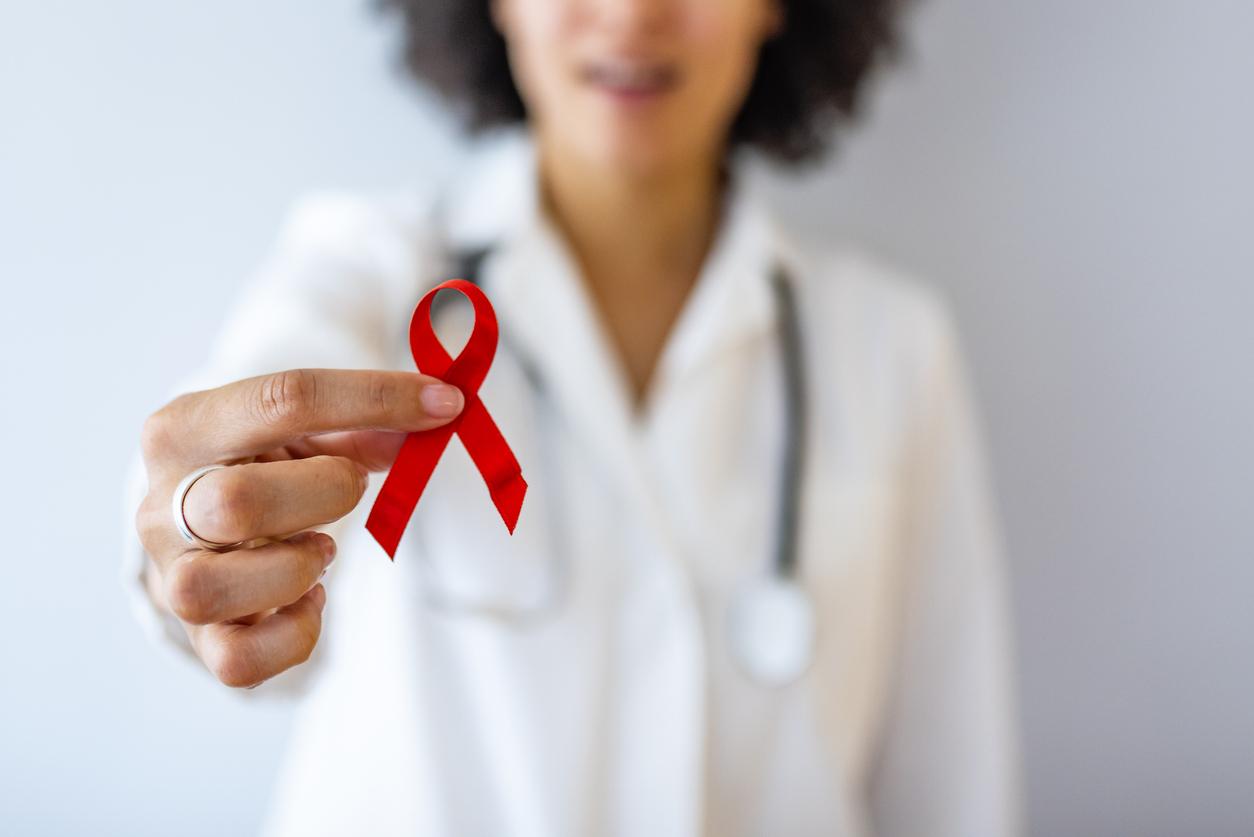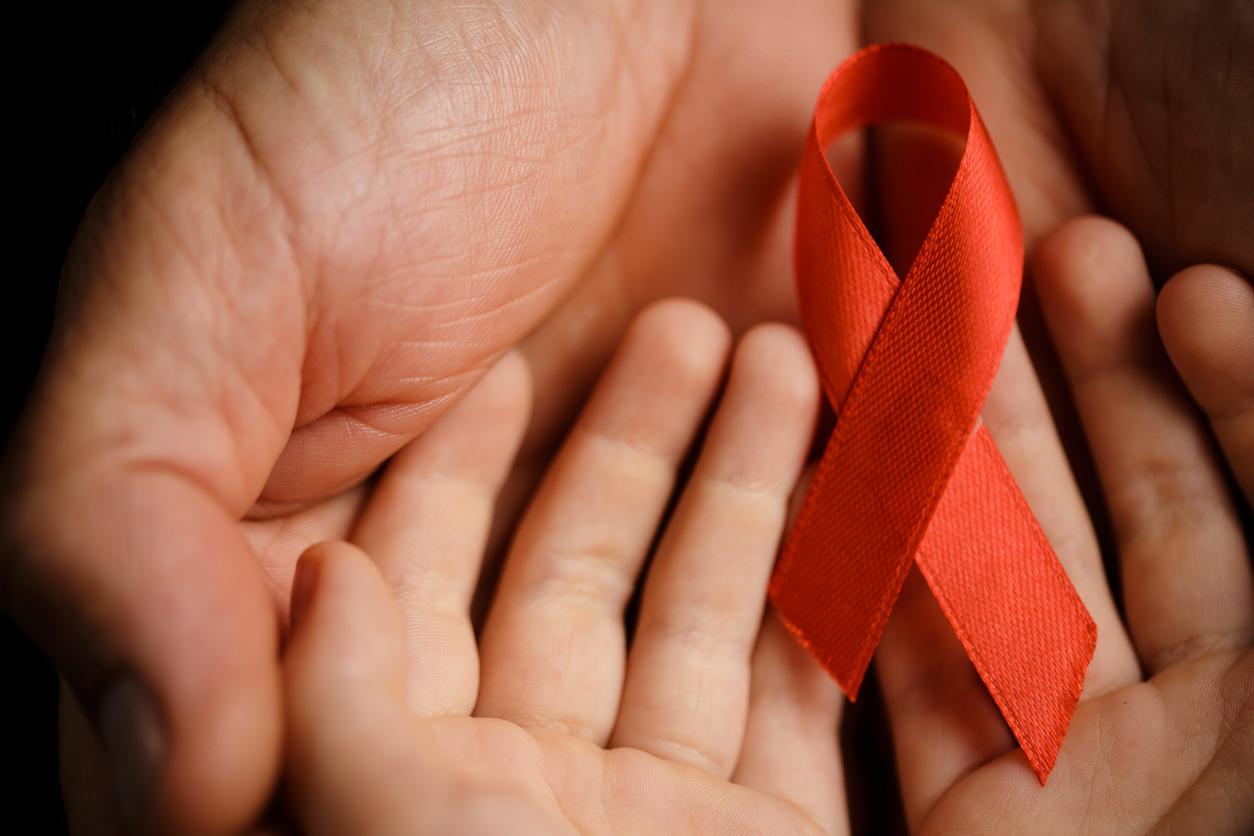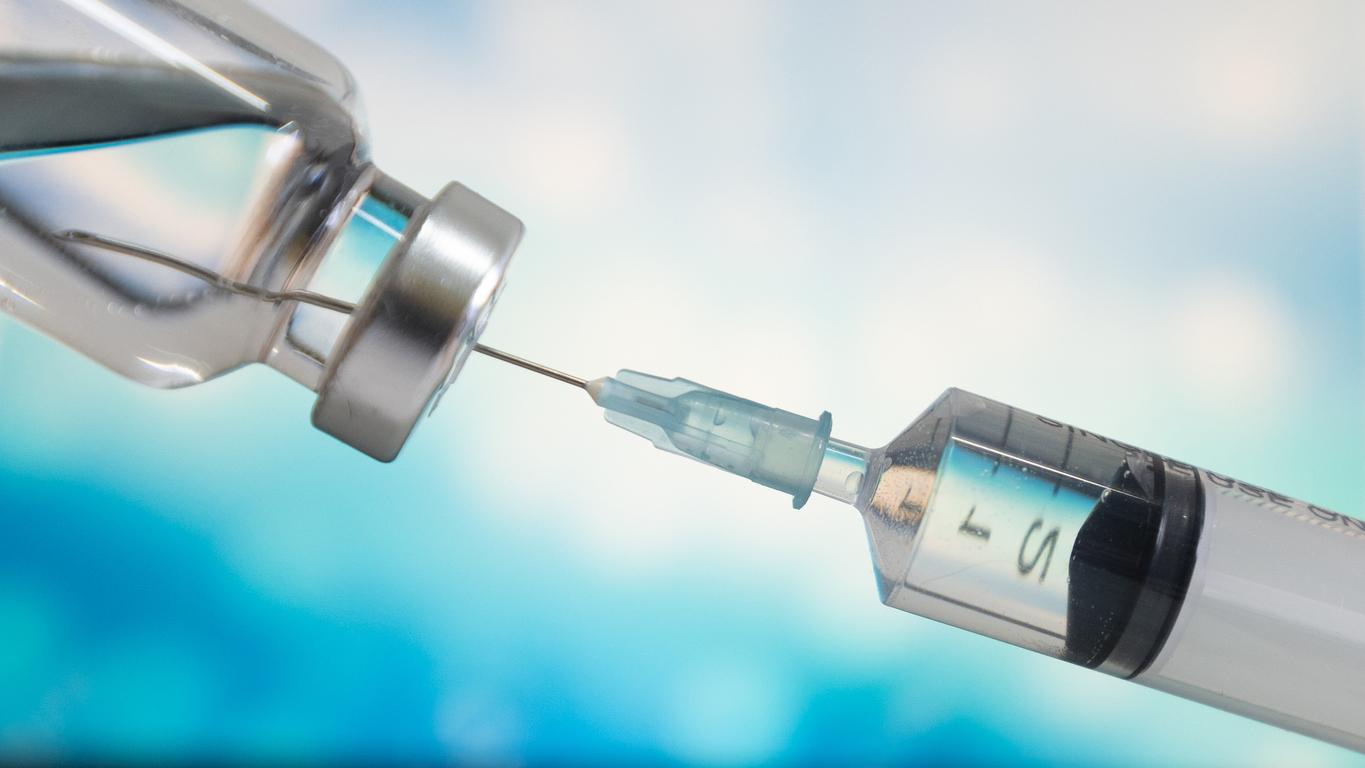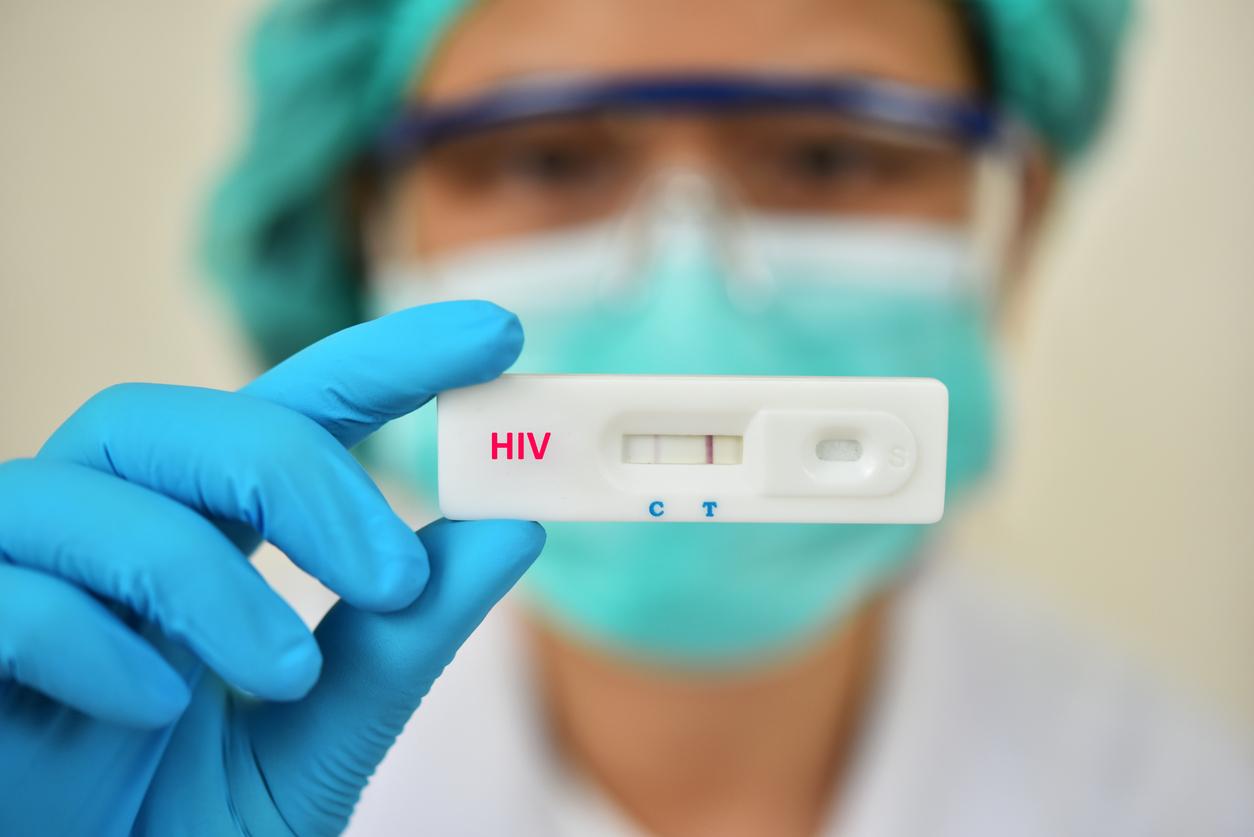In HIV-positive people, it is now clear: an undetectable virus in the blood is equivalent to an absence of risk of transmission.

A clinical trial showed with certainty that there was no transmission of HIV in heterosexual couples when the virus of the partner living with HIV was not detectable in his blood. Subsequently, the researchers confirmed these results in male homosexual couples.
“Many behavioral, social and legal implications”
“Acceptance of the concept of undetectable, non-communicable HIV as a scientific basis has many behavioral, social and legal implications,” note officials from the National Institute of Allergy and Infectious Diseases (NIAID). “This state can also help control the HIV pandemic by preventing transmission, and reduce the stigma that many HIV-positive people face,” they add.
To increase the number of patients with undetectable HIV, the study authors emphasize the importance of implementing programs that help infected people overcome the barriers of daily treatment, called antiretroviral therapy.
Antiretroviral therapy
The standard antiretroviral treatment consists of combining at least 3 antiretroviral drugs (ARVs) to suppress HIV as much as possible by stopping the progression of the disease. A considerable reduction in mortality rates has been observed when using a strong antiretroviral regimen, particularly in the early stages of infection.
But despite a significant increase in screening in France, with 5.6 million HIV serologies performed in 2017, more than a quarter of HIV positive discoveries are still too late. 28% of people have been diagnosed this year at an advanced stage of the infection, and half of HIV findings (49%) have been among people who say they have never been tested before, according to the last BEH. In populations at risk, namely gays and heterosexuals born abroad, this proportion is 22% and 62% respectively.
153,000 people live with HIV in France
The number of discoveries of HIV seropositivity had been estimated at around 6,000 in 2016, a decrease of 5% compared to 2013 (this number could not yet be estimated for the year 2017). Men with sex between men and foreign-born heterosexuals (3⁄4 of whom were born in a country in sub-Saharan Africa) remain the two most affected groups and represent respectively 45% and 38% of positive diagnoses in 2017-2018 . Heterosexuals born in France and injection drug users represent 15% and 1% respectively.
These proportions have been stable since 2015, except for people over 49. In 2016, the number of seniors who discovered their HIV status was estimated at 1,200, or 20% of all discoveries – figures that are increasing. It is estimated that 153,000 people are living with HIV in France.

.








